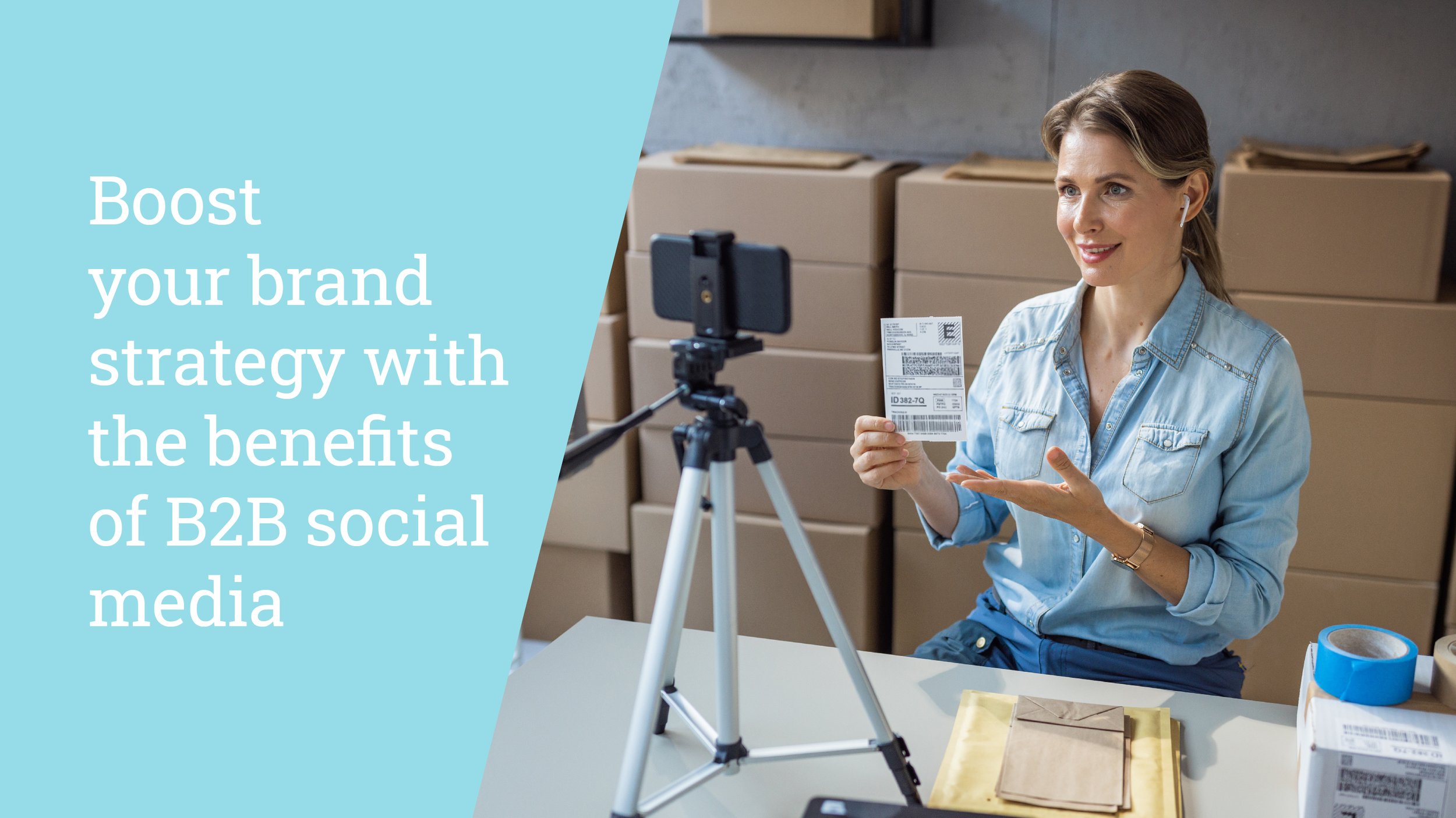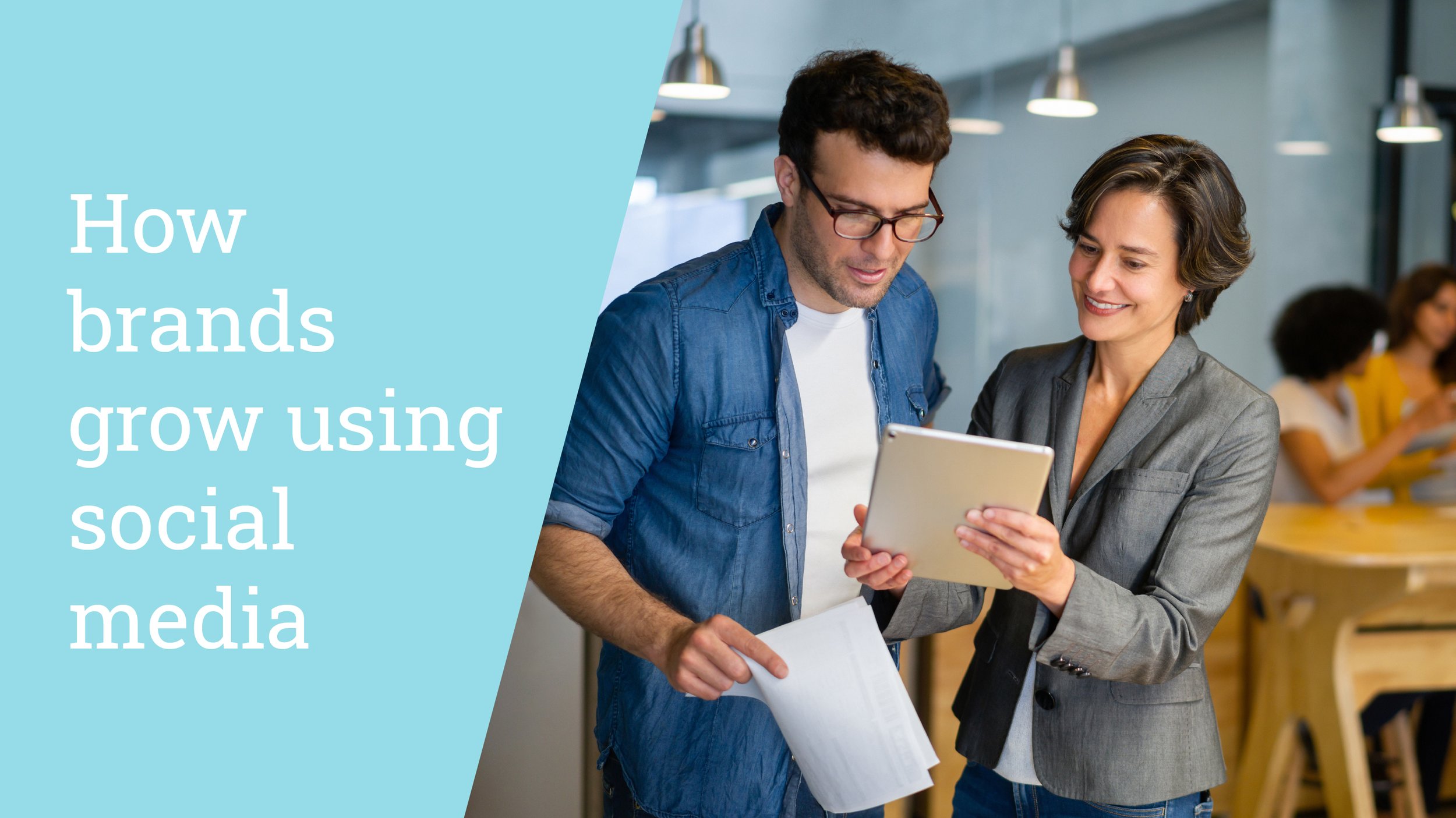Length: 5-minute read.
Quick Summary: Social media platforms can be an effective way to engage with target B2B audiences when used strategically as part of a brand strategy. B2B social media lets you engage directly with your audiences and grow your business. Here’s how.
Boost your brand strategy with the benefits of B2B social media

Public relations (PR) and marketing can be extremely powerful tools to help organisations bolster their brand recognition and grow a greater business pipeline, especially when they work hand in hand. Increasingly, social media is becoming a more important part of the PR and marketing journey, as it offers a space for brands to engage directly with consumers. However, organisations that operate in the business-to-business (B2B) space—including in the built environment, engineering, and industrial industries—are often reluctant to engage with social media. They perceive platforms like Facebook, Instagram, Twitter, and TikTok, as more consumer-oriented and thus less relevant to their B2B focus.
This misperception can be counterproductive, as social media platforms can actually provide an effective way to engage with target B2B audiences, especially when those audiences will often use social media in their downtime. When used strategically, social media can help drive traffic to the company’s website while nurturing leads that turn into conversions over time.
An effective B2B brand strategy increasingly needs to include social media. However, it’s important to understand the nuances of each platform and the different ways they can be used to grow your brand, especially if your organisation is in the built environment, engineering, or industrial industry.
What is a brand strategy?

If you’ve ever asked yourself, “what is a brand strategy, and how do I use it effectively?” you’re not alone. In simple terms, your brand strategy is the long-term plan your business needs to have in place to help achieve long-term brand recognition. This goes beyond the branding of your business, though this remains an important part.
Ultimately, for a brand strategy to be successful, it should include an overarching plan that guides your business through its interactions with customers and establishes a strong brand identity. This plan should incorporate your company’s mission and vision, as well as customer promises. It also needs to address how you communicate these with your audience, which is where PR and marketing come into play, as well as social media, as this is key to how brands grow.
How brands can grow using social media

A good PR strategy will often lean on B2B social media as a cornerstone of its integrated marketing communications approach. Social media gives businesses critical insight into customer sentiment, and lets brands understand how they’re perceived by target audiences. It also lets companies directly engage with prospects and customers. However, not every social media platform makes sense for every business, and it’s important to understand the differences between them to ensure social media can be used strategically.
The most effective platforms to engage a B2B social media audience include:
- LinkedIn: this platform is ideal for B2B audiences as it’s specifically designed for professionals to connect with other professionals and businesses based on their work history and stated interests. With over 57 million company pages [1], LinkedIn offers a powerful tool to quickly and effectively post and boost organic content, promote earned media to professional networks, and support paid marketing campaigns with advertising.
- Facebook: with more than 2.96 billion active monthly users worldwide, Facebook is the largest and most popular social networking site currently operating [2]. Reportedly, 58 per cent of business decision-makers use the platform to find the information they need to make decisions [3]. Facebook can be an effective way to create a community and foster brand loyalty by sharing videos, images, and text-based posts while also engaging directly with target audiences.
- Instagram: considered the most important social media platform for businesses by 19 per cent of B2B marketers in 2022 [4], and with more than two billion users [5], Instagram lets businesses creatively demonstrate their products and how they work through visually stimulating images or videos.
- TikTok: behind Instagram, TikTok offers the second-highest potential to grow brand audiences in 2023 [6] as its number of users worldwide is projected to grow 15 per cent year-over-year (YoY) to 955.3 million by 2025 [7]. Like Instagram, TikTok can be an effective way to demonstrate products to users by publishing short video content.
- YouTube: YouTube is an efficient platform for hosting on-demand webinars, workshops, video case studies, and tutorial content which can be shared across the company website. Videos posted on a company’s YouTube channel that offers valuable insights can also be shared across other social media platforms.
Using B2B social media to better promote your brand
Using social media effectively to promote your business isn’t as simple as it seems. Like with a good public relations strategy, you need something to say that helps further the conversation and offers potential customers value for their engagement. This might include thought leadership articles, blog posts, eBooks, tip sheets, customer stories, product launches and more.
To achieve optimal results, you need to produce content that not only resonates with your B2B audience, but can also be shared across various channels beyond social media. Ideally, you should leverage content that mentions you from other third parties, such as customers or media outlets, to support your integrated PR and marketing efforts.
You should also share (and reshare) content at appropriate times to reduce the chance of inundating your key audience with content that creates fatigue. A comprehensive omnichannel marketing strategy will help you to identify the correct cadence to share your content and understand where each piece of content is best placed for the greatest possible return on investment (ROI).
Using social platforms effectively in your brand strategy

Beyond sharing your content, B2B social media also lets you engage directly with your audiences to create open and transparent conversations. It’s not enough to post on occasion and move on; using comments, tags, and mentions to engage with your audience of potential customers and the wider industry can go a long way to helping your business use social media as a sales tool.
Working with a specialist PR agency can help you more effectively use social media to engage with a B2B audience to boost your brand strategy and grow your business pipeline. However, not every communications agency will deliver the expertise required by organisations in the built environment, engineering, and industrial industries. Working with dedicated corporate communications specialists with relevant industry expertise can ensure you get the right message to the right people at the right time and in the right way.

Write Away Communication—part of The Recognition Group, Australia’s leading group of PR and marketing specialists—has more than 35 years of experience helping businesses in the built environment, engineering, and industrial industries. For more information on how we can help grow your brand with the support of a comprehensive brand strategy complemented by B2B social media engagement, contact the team today.
Learn why social media should be part of your B2B brand strategy
Bibliography
[1] https://business.linkedin.com/marketing-solutions/audience
[2] https://www.statista.com/statistics/264810/number-of-monthly-active-facebook-users-worldwide/
[5] https://blog.hootsuite.com/instagram-statistics/
[6] https://blog.hubspot.com/marketing/new-social-media
[7] https://www.statista.com/statistics/1327116/number-of-global-tiktok-users/










